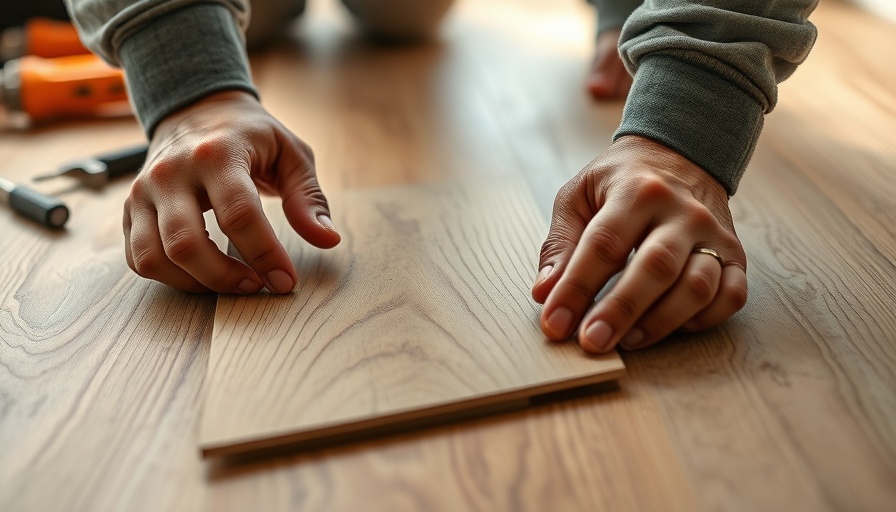
Myth-Busting Your Bathroom Renovation Ideas
Bathroom remodeling can be a daunting task, often laden with misconceptions that can deter even the most motivated homeowners. Understanding what’s true and what’s not is crucial to embarking on a successful renovation journey. Let’s take a closer look at common bathroom design myths, their implications, and how dispelling them can lead to a more rewarding remodeling experience.
Myth 1: Bathroom Remodeling Is Always Expensive
One prevalent myth is that bathroom remodeling is an extravagant expense that few can afford. While it’s true that some renovations can run high, this is not universally the case. Simple upgrades, such as refreshing fixtures, repainting, or re-grouting tiles can significantly enhance a space without breaking the bank. In fact, even minor changes can enhance aesthetic appeal and comfort, allowing homeowners to enjoy an upgraded bathroom tailored to their tastes.
Myth 2: DIY Will Always Save Money
Many homeowners believe that undertaking a bathroom renovation themselves will save money. However, this can often lead to additional costs due to mistakes or the need for professional help later on. Professional contractors ensure that everything is done correctly and up to code, preserving safety and aesthetic integrity. Decisions made during the remodeling process can impact the long-term functionality and appeal of the space.
Myth 3: Bigger Is Better When Remodeling
When considering a remodel, many focus on whether they can expand the size of their bathroom. However, the truth is that the functionality and appeal of a bathroom do not solely hinge on its size. Smart design choices, such as optimized storage solutions and effective lighting, can enhance a small bathroom without needing extra square footage. It’s about using the existing space wisely rather than focusing solely on expansion.
The Importance of Proper Ventilation
One of the most critical aspects often overlooked is bathroom ventilation. Many homeowners believe that ventilation may not be necessary; however, good airflow is essential in preventing mold and moisture damage. Installing exhaust fans or increasing window sizes can dramatically improve air quality and prolong the life of materials used in this beloved space.
Revolutionizing the Remodeling Process: Embrace the Myths!
As we explore these myths, it's clear that understanding the real issues behind bathroom remodeling can transform the homeowner's experience. It opens up conversations about reassessing what’s necessary versus what’s merely a trend. Keeping informed equips homeowners to make choices that align with their budget and style, leading to a truly unique and satisfying end result.
Investing Wisely in Your Home: Benefits of Bathroom Renovation
Investing in a bathroom remodel can yield significant returns not just in home value, but also in everyday enjoyment. A well-thought-out bathroom upgrade can enhance the overall functionality of your home, contributing to better sanitation, comfort, and even energy efficiency. For instance, low-flow fixtures can reduce water usage, leading to lower bills and a smaller environmental footprint.
Concluding Thoughts: Move Forward with Confidence
Dispelling these common myths surrounding bathroom renovations empowers homeowners to take action confidently. By focusing on necessary upgrades that adhere to individual needs and tastes, you can create a sanctuary that combines style, comfort, and practicality. For those intrigued to delve deeper into bathroom remodeling or looking for professional guidance, take the next step in ensuring a successful renovation by reaching out to a qualified contractor.
Ready to set the wheels in motion for your bathroom transformation? Schedule your consultation with us today to explore exciting possibilities for your home!
 Add Row
Add Row  Add
Add 




Write A Comment